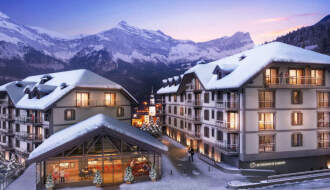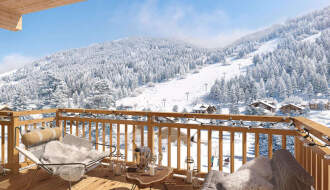Reports of people Barcelona protesting that “tourism kills neighbourhoods”, taxes introduced by key destinations such as Venice and savvy local authorities implementing control on holiday lets show that over tourism is a growing concern and something to consider as both a tourist and property owner.
This article will look at how to maintain the beauty of the mountains and the character of their communities whilst continuing to enjoy the bliss and comfort of a mountain retreat.
Understanding Over Tourism
Over tourism isn’t a simple numbers game. While one resort may cope happily with 2.5 million visitors in a season, another will struggle. Ski resorts encounter a unique set of problems in addition to the issues experienced by other resorts.
Understanding these problems is the key to becoming a responsible tourist and property owner. Ski resorts encounter many of the same challenges associated with over-tourism as other popular tourist spots, including issues like overcrowding, environmental strain, pressure on infrastructure, and disruption to local communities.
Impact of over tourism for ski resorts
Overcrowded slopes and strain on infrastructure
This is perhaps the most obvious impact. Crowded slopes and long queues for lifts create a skiing experience that is far removed from the peace and exhilaration that people seek as part of their mountain experience. Public transport, traffic systems, spaces to park – all of these elements come under strain when visitor numbers outstrip capacity.
Bars and restaurants become overcrowded and less enjoyable, so people choose to eat at home which means the very industries that hope to benefit from visitors lose precious income.
Environmental impact
The ski industry and its environment live in careful balance. Expanding ski resorts can involve the clearing of land for new runs, accommodation, and infrastructure. This leads to habitat loss, and disruption of delicate ecosystems. Run-off from ski slopes can carry pollutants into mountain waterways, impacting wildlife and water quality.
The impact of creating new ski trails, energy consumption and increased waste are already areas of concern for ski resorts, and many resorts have spearheaded innovative initiatives to counter their impact and ensure the resort can continue. French resorts, for example, are pursuing the 'Flocon Vert' (Green Snowflake) label, which shows a resort works to a range of environmentally responsible standards.
These include initiatives around waste management and conservation efforts designed to minimise the disruption to wildlife and fauna. Visitor focused actions include free shuttle transport included with ski passes to limit personal vehicle journeys, composting toilets on the slopes, a focus on using local food and the use of locally grown seeds to replant sites.
Over-tourism poses a direct counter threat to these initiatives simply by dint of increased numbers and increased pressure on resources.
Social impact and loss of community
As demand increases, so do prices. Lift passes, accommodation and other services end up out of reach for many, including local residents. This increases the divide between tourists and residents and increases the sense that people’s home exists purely as a glorified theme park. If over-tourism continues unchecked, then housing becomes unaffordable for local people.
Those who work in the resort can no longer afford to live near their workplace. Families, elderly people, and everyone in between cannot afford to live in the resort which means the charm, character and simple services that so appealed to visitors is lost.
Strategies for Responsible Tourism
The good news is that we can make a difference. Simple considerations will ease the pressure of the most popular ski resorts to ensure that the landscape and environment we love can bring joy for future generations.
Choose your time
Choosing to travel mid-week for a short break, choosing the shoulder seasons or discovering the joy of the mountains in the summer season will reduce the pressure at peak times and give you a chance to experience the resort without the crowds.
Consider wildlife
Seek to be part of the mountain rather than a consumer of nature. Speak quietly so as not to disturb animals feeding and sheltering at the edge of the forest. Stay on marked paths. If you see wildlife, stop, and allow it to make its escape.
Consider where to spend your money
Choose to spend your money in locally owned restaurants and shops, seek out independent activities and entertainment. Choosing to support local business means the working town that gives so much character to a resort can continue to thrive.
Choose public transport
Many ski resorts are easy to access by train and intelligent public transport systems mean that it’s easy to use a shuttle or public bus to reach your accommodation.
Choosing to use shuttle buses in resort eases pressure on the roads, reduces congestion and emissions and eases the pressure on parking. In many cases choosing to use an in-resort shuttle will also save you money, thanks to schemes which offer a free shuttle on purchase of a lift pass.
Reduce energy consumption
Be as mindful of your energy usage during your stay as you are at home. Turn off lights, use heating responsibly and seek out energy efficient accommodation
Reduce waste
Choose reusable water bottles, food containers and shopping bags. Dispose of waste in the proper manner. Seek out restaurants and bars that offer sound environmental consideration as standard.
Get involved
Numerous initiatives exist to help support the natural environments around the resorts. Clean up drives, education and volunteer schemes offer the opportunity to make a tangible difference to the natural environment and become part of the community.
The Role of Ski Resorts in Managing Over-Tourism
Resorts also have a part to play in managing tourism and it can be a tricky balance between acting for the future without disturbing the pleasure of the present.
Actions such as setting visitor quotas, implementing reservation systems for lift tickets, and offering incentives for off-peak travel can all play a part in managing visitor numbers without reducing enjoyment. Infrastructure development also plays a key role. Choosing to invest in projects that improve capacity and visitor flow will reduce congestion and even out visitor distribution. This in turn will reduce pressure on the resort by minimising large crowds at peak times.
Ski resorts also recognise their role in supporting the natural environment and minimising their ecological footprint. Actions such as implementing sustainable land management practices, conserving sensitive habitats, and reducing resource consumption are underway in many resorts.
In addition to making positive changes, resorts can also support education and understanding for visitors. By providing information on trail etiquette, wildlife protection, and waste management, as well as offering educational programs and guided tours, understanding of local heritage and ecosystems will grow, and with understanding comes a desire to protect and preserve.
Close engagement with local communities also helps foster understanding and bring about change. Initiatives such as close collaboration with local businesses and community organisations can increase understanding of issues and maximise the benefits of being part of a tourist area.
Practical issues around housing, transport and access to facilities also need to be addressed to ensure the local community can enjoy the environment and community they work so hard to build.
Ski resorts can seek support and collaboration from various stakeholders including government agencies, environmental organisations, and local communities to develop comprehensive strategies for managing over-tourism. This may involve participating in regional planning initiatives, sharing data and best practices, and advocating for policies that support sustainable tourism development.
Case Studies of Successful Management
A standout example of the positive change can be seen in Morzine. Montagne Vert is a non-profit organisation funded by the community to reduce the environmental impact in Morzine and make it a more sustainable tourist destination. Initiatives introduced by the organisation have had positive impact on both environment and community to mitigate the impact of tourism in this popular alpine resort. Projects include the AlpineExpress pass, a scheme that offers discounts to people travelling to the mountains by train, or biocyclette an initiative to recycle biowaste.
Whilst Montagne Vert has environmental concerns and actions at its forefront, the strong community ethic of the organisation combines with numerous volunteer projects to build a sense of mutual responsibility and action. Strengthening community, creating a circular economy, and minimising environmental impact go a long way to reducing the effects of over tourism in the area.
Conclusion: The Path Forward
Addressing over-tourism in ski resorts is crucial for preserving the natural beauty and ecological balance of the mountains. Visitors, resort owners and local communities can work together to mitigate the negative impact of excessive tourism and with careful consideration the beauty and joy of these mountain resorts can be enjoyed for generations.
Tourists must embrace responsible tourism practices. This includes respecting wildlife and ecosystems, minimising waste, conserving energy, and supporting local communities. By making conscious choices, tourists can contribute to the preservation of ski resort areas for future generations to enjoy.
Resort operators can invest in renewable energy sources, reduce water consumption, and educate visitors about conservation. Collaboration with local authorities and environmental organisations will set the path to develop initiatives that balance tourism with environmental protection.
By working together, tourists and resort operators can maintain the natural beauty and accessibility of ski resorts for future generations. This collaborative effort is essential for the long-term preservation of the mountains, the communities that live there and the joy that exists for all those who visit.
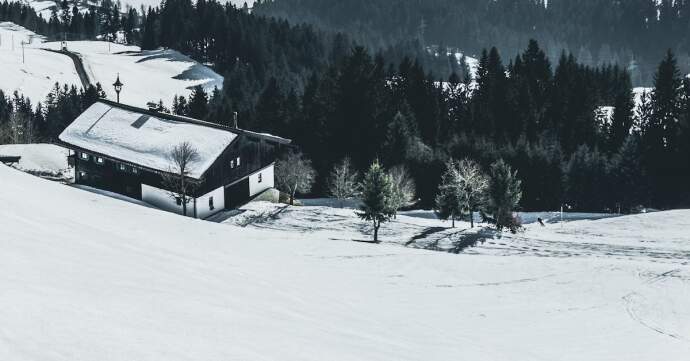
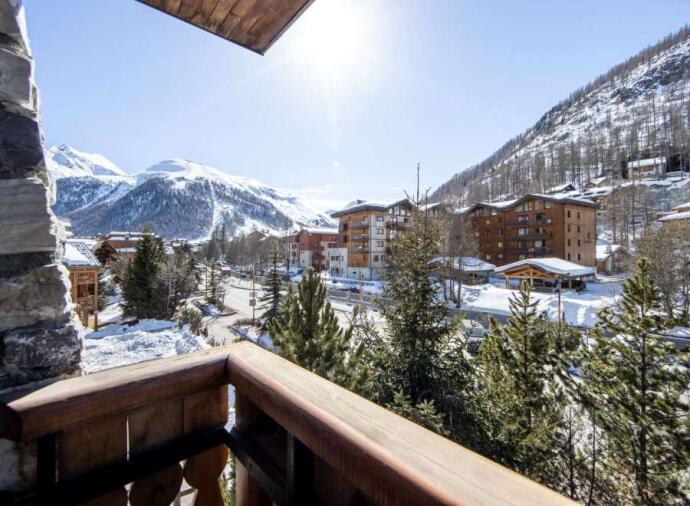
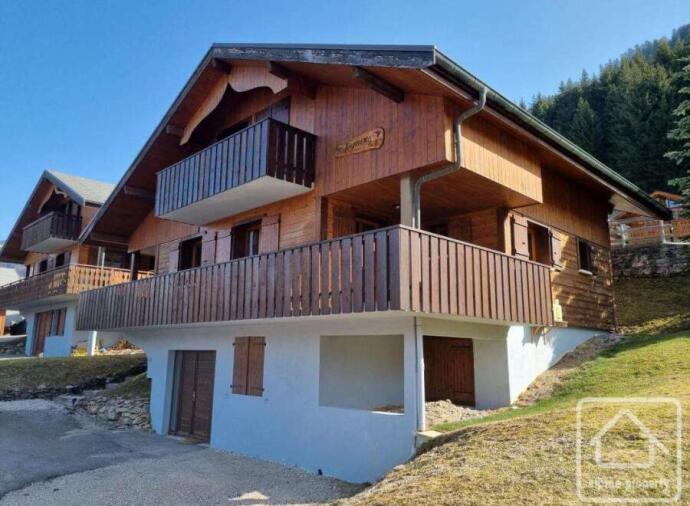
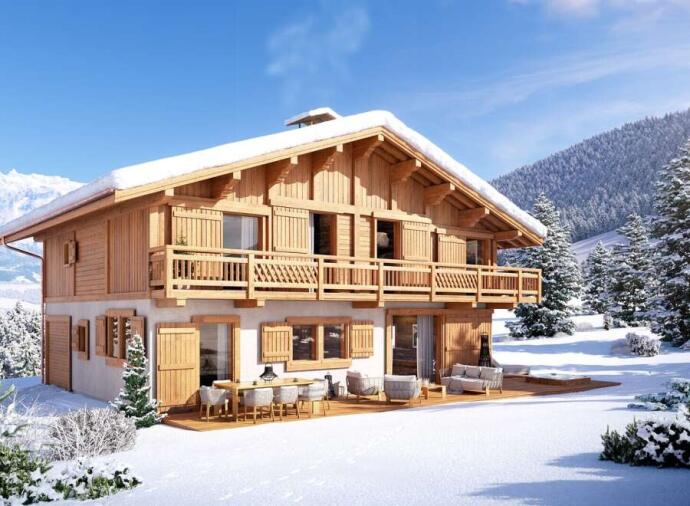
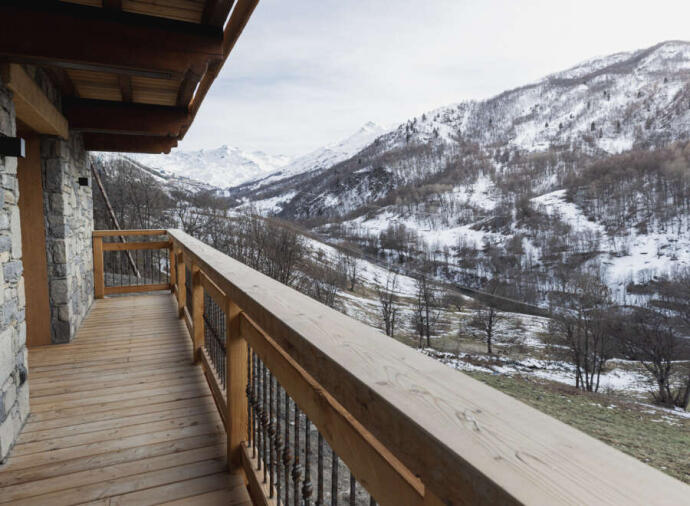
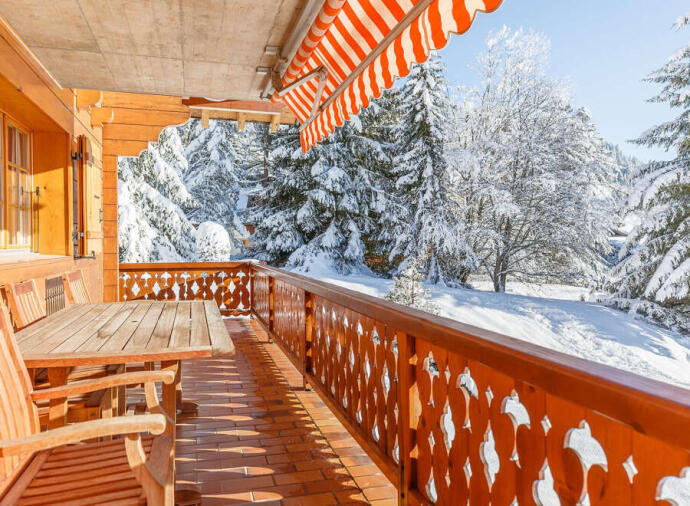
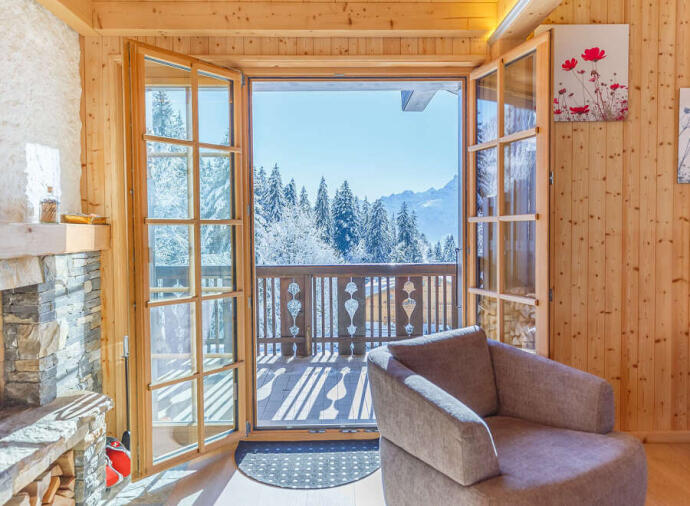
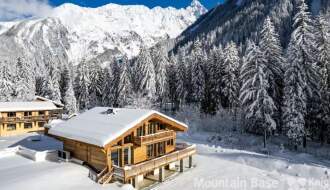
 Jan 22, 2024
Jan 22, 2024
